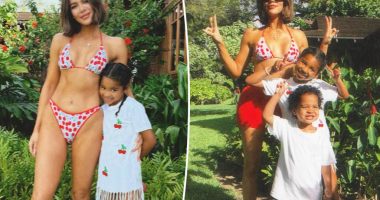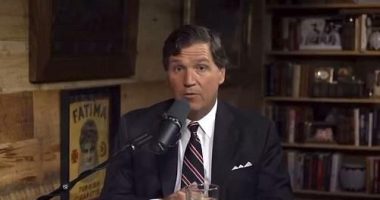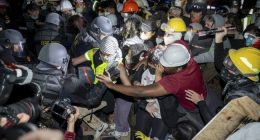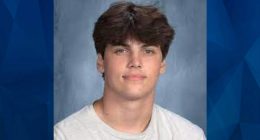The eye-tracking technology provides vital information about the players’ brain function, and the results can be used for years to come, including if any of the children go on to play in the NRL.
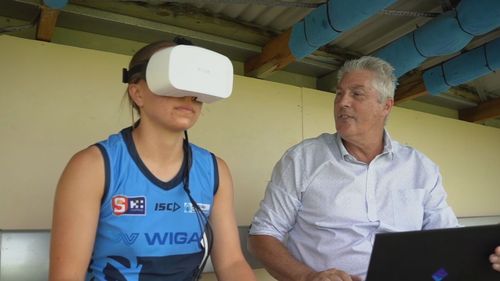
Rabbitohs great Mario Fenech’s brain is suffering the effects of 16 years playing in first grade.
His brother, Stephen, said it was an era when head knocks were part of the game.
“He’s doing very well but he needs a bit of care, he needs people to help him to remember things and to live his day-to-day life,” French said.
“If this technology existed when he was playing I think his life and the life of his family would be a lot different.”
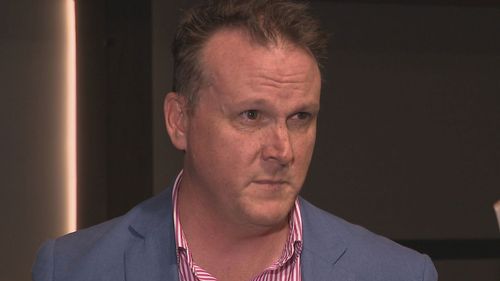
Associate professor of neurophysiology James McLachlan said one of the worst things players can do is continue to play after a concussion.
Read Related Also: Clock is ticking for these Rangers to finally end Stanley Cup drought
“We know you’re going to have prolonged symptoms if that’s the case,” he said.
The NeuroFlex can’t stop a head knock, but what could curb concussions in the junior game are the no-tackle rules the NRL has proposed.
But many organisations are against those rules.

“We believe that the sooner we get the kids in contact the better off they are,” Chairman of South Sydney Juniors Keith McCraw said.
“In relation to their technique and the like… as they get bigger and stronger and strength equals speed we do have mishaps.”

